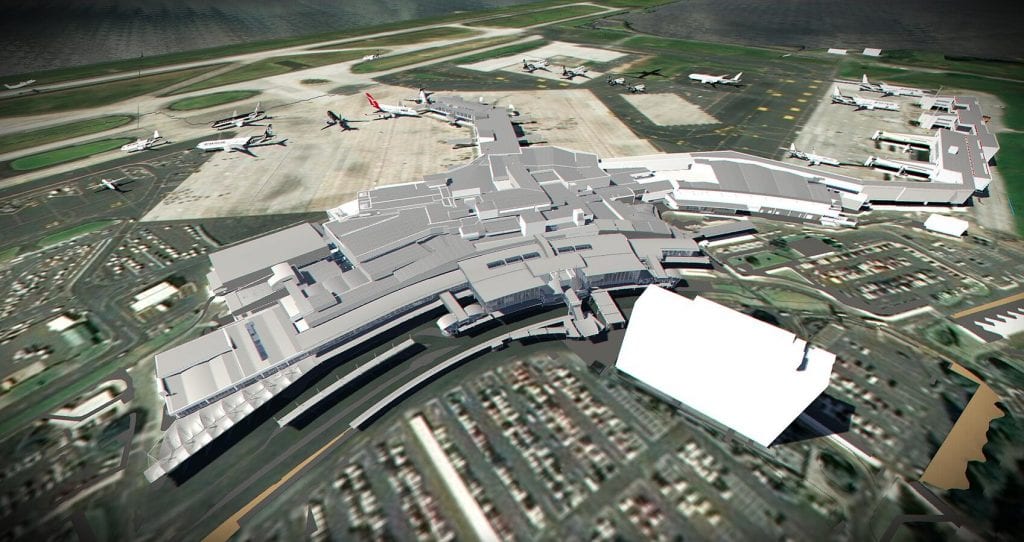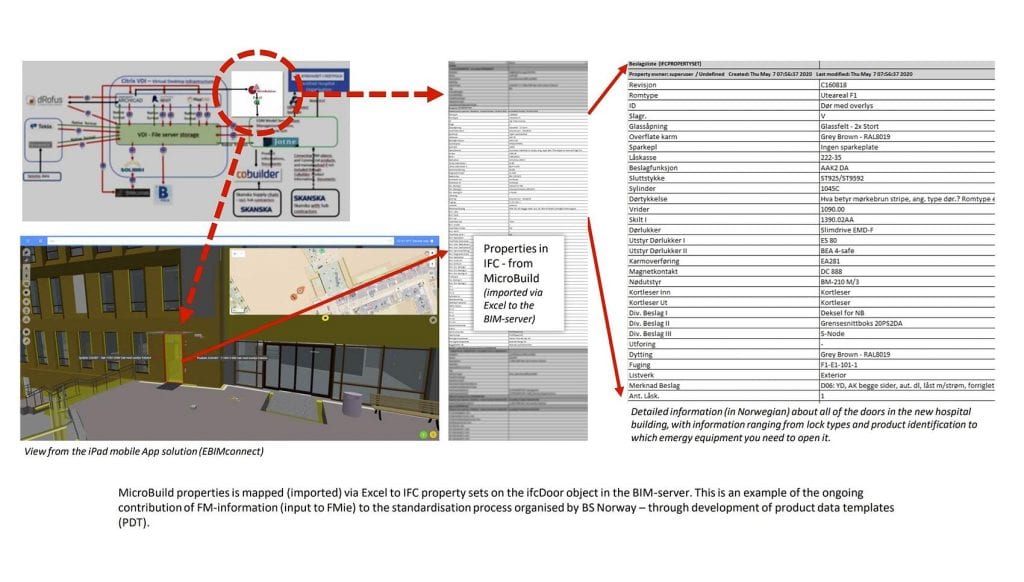The value of open data standards
As the demand for digitization within the built asset industry is accelerating exponentially towards fully interoperable digital twins of all assets of all types at all stages of their lifecycle, I am impelled to make the case for the fundamental importance of open data standards. This case I believe helps to support digital and regulatory infrastructure to enable free and efficient use.
Data Rights will determine the distribution of wealth and power in digitally-driven economies of the future. These ‘Rights’, while fundamental to the values of a free democratic world, are not pre-existing or simply ‘available’ to be deployed. They must be demanded, articulated, and defended. In a digital world, this is enabled through a combination of technology and intellectual property rights that will create the foundations for the future digital built asset economy.
In terms of this future digital built asset economy, we are all still in the ‘wild west’ era, where the strongest grab a disproportionate degree of those rights, wealth, and influence. This is easily seen in consumer industries where a very few numbers of so-called ‘tech giants’ dominate the new digital industries in the space, and where governments and rule-makers struggle to regulate these supranational giants.
Governments, companies and individuals will need to ensure they have not just control over ‘their’ data, but will also need to ensure they can freely access and use their data. I call this ‘Strategic Data Flexibility’. In order to secure this, data strategies must be based on open neutral data standards with supporting critical enabling services and data owners (owners, clients, governments, and companies alike) must assert their rights. If you don’t do that today the cost tomorrow will be many times higher.
The benefits of strategic data flexibility, and working with open digital methods are summarized as follows:
- Flexibility of choice of technology creates more value to all stakeholders
- Sustainability helps future proof your business and control your digital destiny
- Efficiency is realized by enabling a digitalization in your organization
- Access to new and international suppliers and markets
- Opportunity for financial performance improvement delivering short and long-term benefit
These are best highlighted in real projects, and here I have two examples from the buildingSMART Awards Program 2020.
Auckland Airport in New Zealand: Winner in the Category of Asset Management
Auckland Airport sees some 21 million passengers pass through its terminal buildings every year and needed to enable its team to make better design, financial and operational decisions to continually improve the quality and performance of its built assets through the use of openBIM methodologies. openBIM played a key role in ensuring long-term data management could be a feature and it played a key role in the overall strategy. As an asset-owner, it was critical that files could be shared using IFC.
Project highlights included:
- Over 100 disparate models successfully geo-located and exported to IFC
- 250,000+ elements modelled within the existing international terminal
- Client developed Asset Information Delivery Manual (AIDM), mandating openBIM delivery requirements for native and IFC models for all new projects
- Developed a comprehensive 4D Capital Works Masterplan model utilizing IFC at its core

Vestfold Hospital in Norway: Winner in the Category of Handover
The Hospital Development Plan in the Vestfold County was initiated in 1990, and The Tønsberg Project is the last stage, split into two parts – the psychiatric building (delivered in May 2019), and the somatic building (to be delivered in Q4 2021). The Tønsberg Project is the first project in Norway that uses the Integrated Project Delivery (IPD) model. This is a collaboration model with early involvement of the construction contractor, where there is a common incentive model: the project success is the governing factor for the success of all parties involved.
Project highlights included:
- The project is on course to deliver a 10% cost saving compared to a project finished in 2005
- openBIM FM information tool cuts search time for maintenance data from as long as 3 hours to as little as 5 to 15 minutes
- Robust handover model developed for the owner
- Recipient of a BREEAM Very Good certification

These projects continue to demonstrate the value of openBIM and the role it plays in delivering better value through open standards. All actors in the built asset industry will have different and personal benefit opportunities refined to their particular business model.
So, while there is certainly much still to be done to bring open data technologies to the point where they are readily and easily accessible to end users, they are proven technologies with well-articulated future plans meaning owners, clients, governments and companies have no excuses not to get involved - actually it’s part of your responsibility as modern leaders.
Richard Petrie
Chief Executive
buildingSMART International
